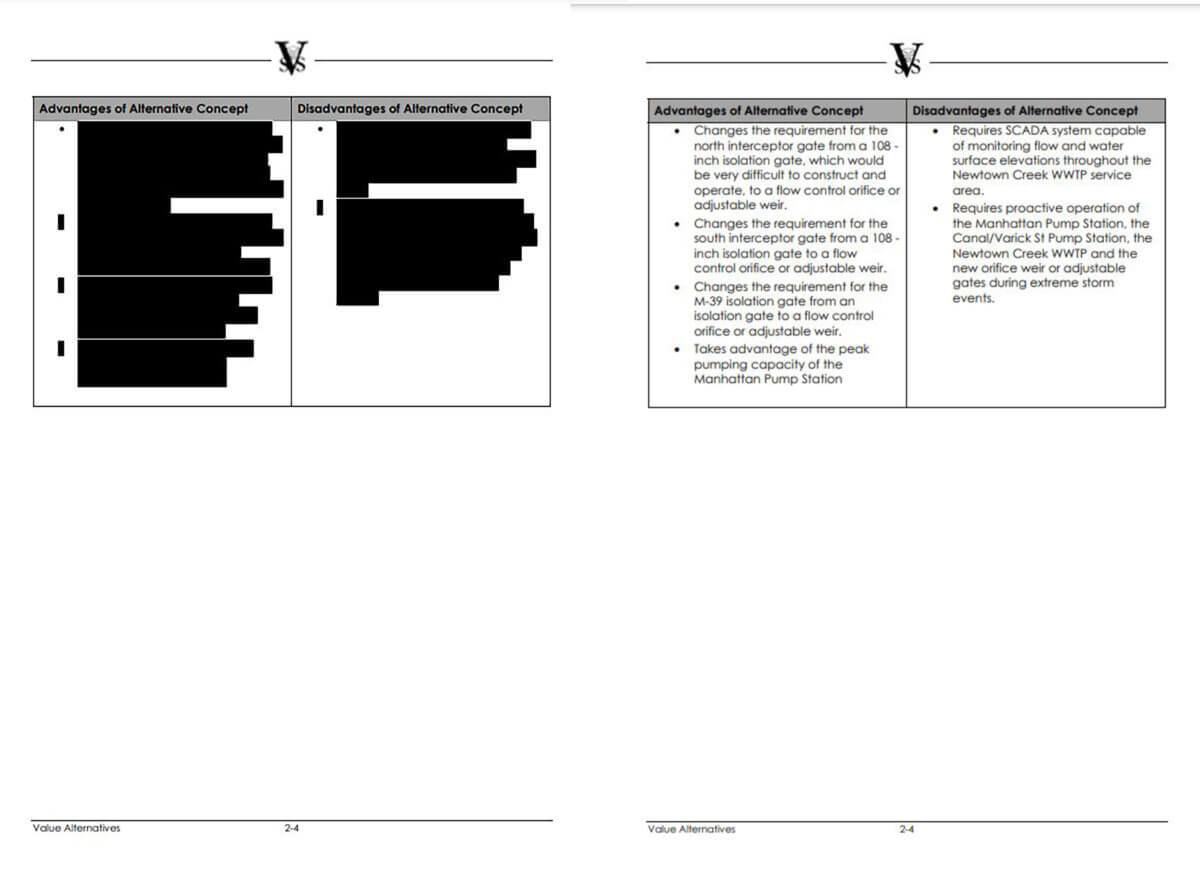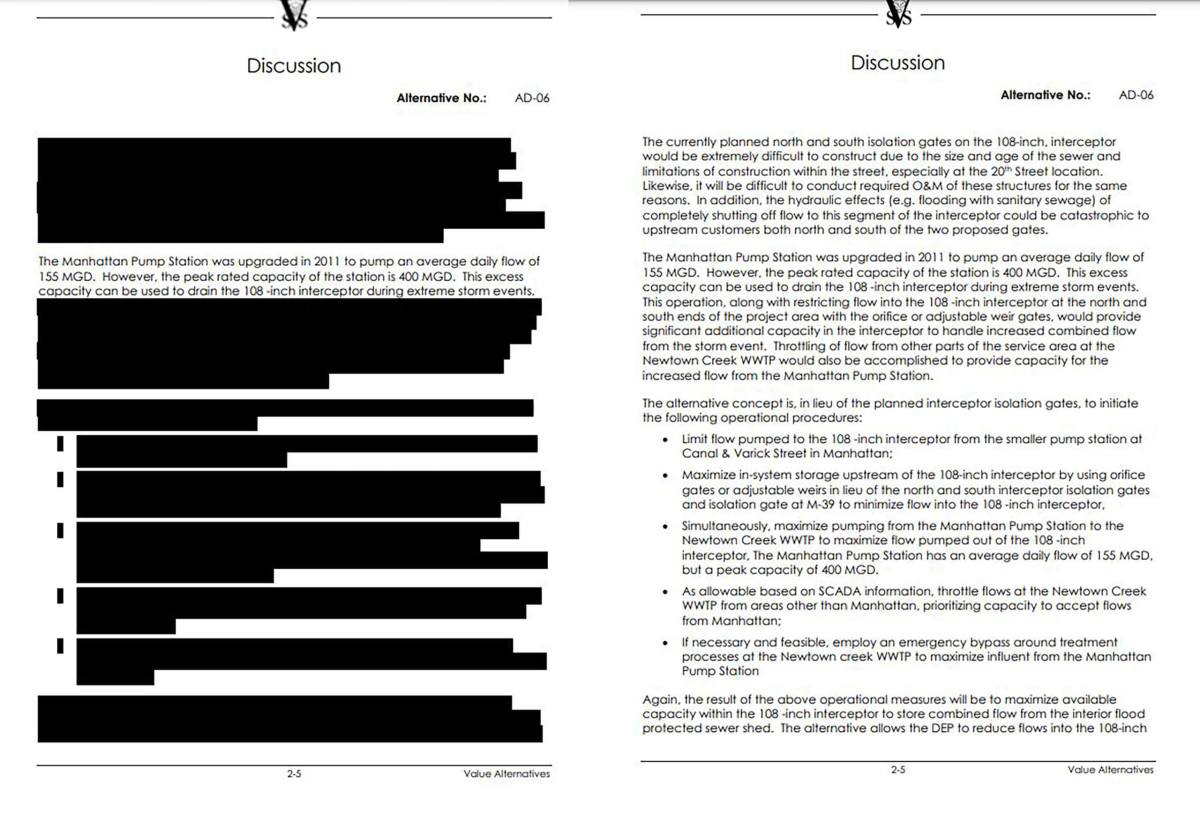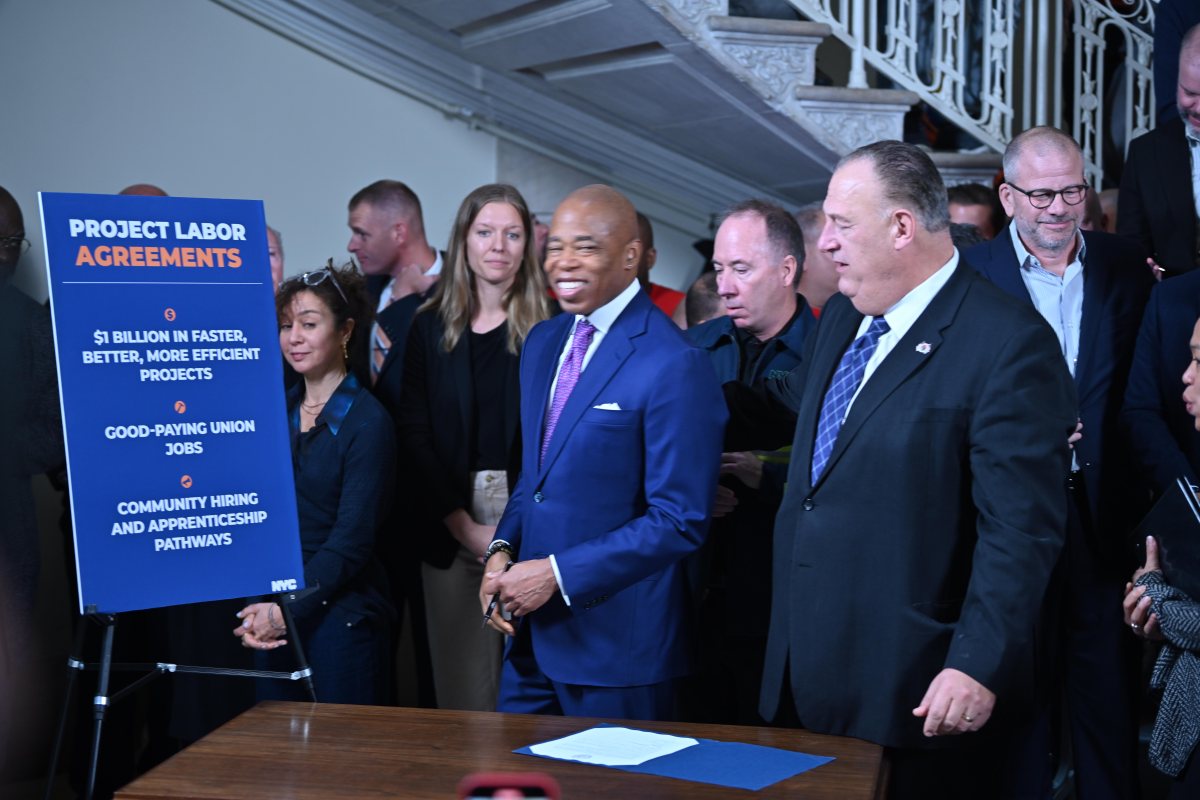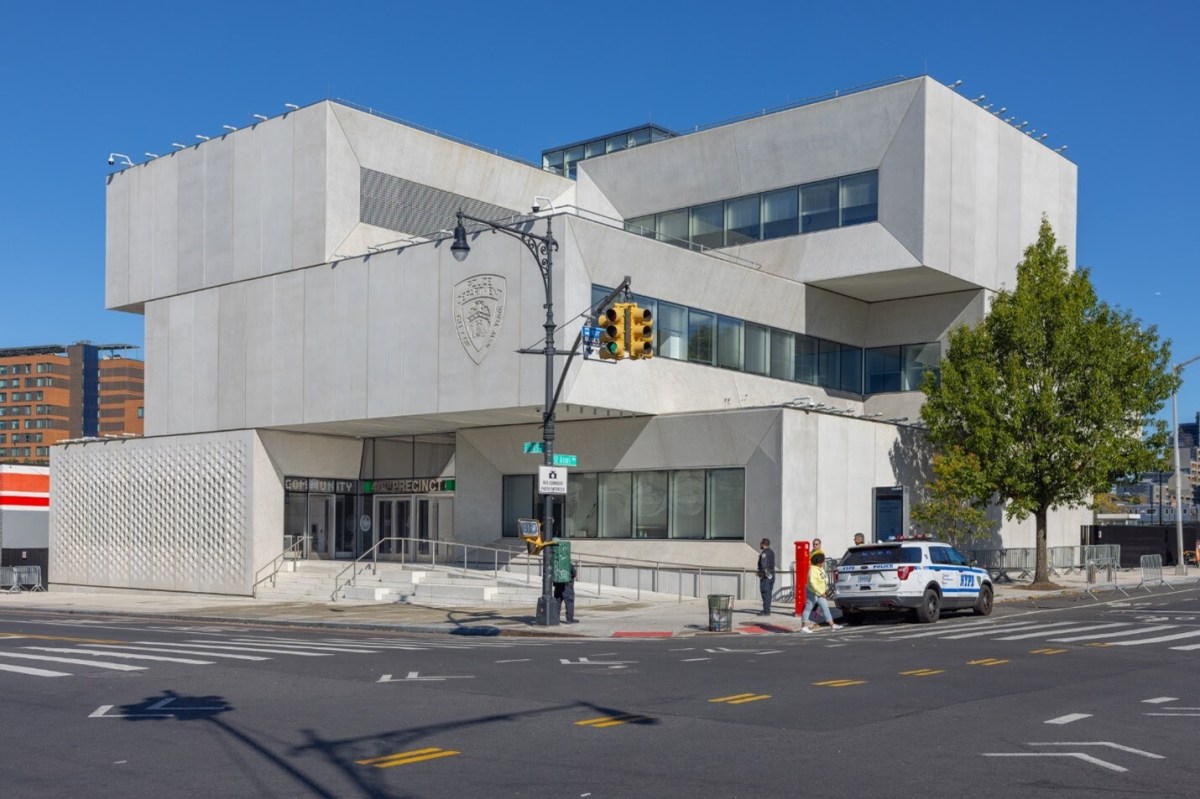The East Side Coastal Resiliency (ESCR) “Value Engineering Study” mystery has been unveiled and majority of the redactions have been removed, but the reasons for this missing and reappearing study are still vague.
One day after Brooklyn City Council Member Justin Brannan wrote a letter to Mayor Bill de Blasio, calling for full transparency regarding the heavily redacted East Side Coastal Resiliency “Value Engineering Study,” a new version was released to the public without the dense blocks of information blackened out. His letter comes after several elected officials, members of the East River Action Park, and other groups have probed the secrecy behind the study.
In a previous comment from a Department of Design and Construction (DDC) representative, the agency told amNewYork Metro that they not determine redactions.
According to a letter shared by Lower East Side Council Member Carlina Rivera over Twitter, the DDC stated, “In response to the letters from CAG, Council Member Rivera, and ]Manhattan] Borough President [Gale] Brewer, the City has re-examined the contents of these materials and, while previous release of these materials was compliant with FOIL, we have determined that additional portions can be released. Please note that certain sections remain redacted due to security concerns.”
City Hall will be releasing more materials from its ESCR value engineering review today thanks to advocacy from my office & the Community Advisory Group.
We’ll review these materials carefully and support the CAG in efforts they make around this needed resiliency project. pic.twitter.com/BkyEqbjmGQ
— Carlina Rivera 利華娜 (@CarlinaRivera) April 6, 2021
For several months, many Lower East Side residents have been outranged by the release of the near unreadable digital document that claims to break down why the construction of the East Side Coastal Resiliency Project would cost vastly more than the original plan.
In April 2018, this study was conducted as a rationale for the reconstruction of 57 acres of coastal parkland from East 25th Street to Montgomery Street. It was argued that this new plan would help prevent, or at least mitigate, severe coastal devastation similar to that which occurred in 2012 as a result of Hurricane Sandy. But the answers to exactly how this project will help, why it is the best solution, and other questions remained unanswered for years.
For over three years the East River Park Action has fought this project, filing lawsuits and requesting Freedom of Information Law (FOIL) to showcase how the $1.4 billion ESCR plan would benefit the community. The organization, consisting of concerned Lower East Side residents, called for a formal hearing and investigation on the matter requesting full transparency on the ESCR findings.
“There are other solutions that can provide equal flood protection for our Lower East Side and East Village neighborhoods without completely destroying our 82-year-old park. In fact, the park can act as a resilient sponge, absorbing flood waters, while a flood wall along the FDR Drive can protect our 110,000 low-and-middle income neighbors,” said a spokesperson for East River Park Action.

While the value study’s team leadership names remain hidden in this new, less redacted version of report, crucial information such as the “Advantages of Alternative Concept” and “Disadvantage of the Alternative concept” are clearly showcased.
In the original report, readers could vaguely understand two courses of action in regard to repairing the parkland. The original repair concept to protect during massive flooding would have two interceptor isolation gates to provide combined sewer flow drainage capacity, this would alleviate drainage areas upon the East River.
This would be costly and hard to manage, so the ESCR Alternative Concept would “initiate operational actions to manage flows in the sewer system that will reduce flood. This will obviate the need for interceptor isolation cates, which can be a long-term maintenance issue.”
The unredacted study shows the advantage of the ESCR alternative and disadvantages, such as requiring a specific system to monitor the flow of water and proactive pump operations at certain locations whereas in the original this text was opaque and eligible. While much of this report is complex, it does showcase the benefits and drawbacks of the project, allowing the public to better understand the massive undertaking of the ESCR plan.
In addition, sketches on the materials that would be used to help prevent flooding and map diagrams displaying where the changes would occur have also been unveiled.
It is still unclear why the redactions were made in the first place other than what was stated in the letter to Rivera about certain items remaining obscured due to security concerns.





































